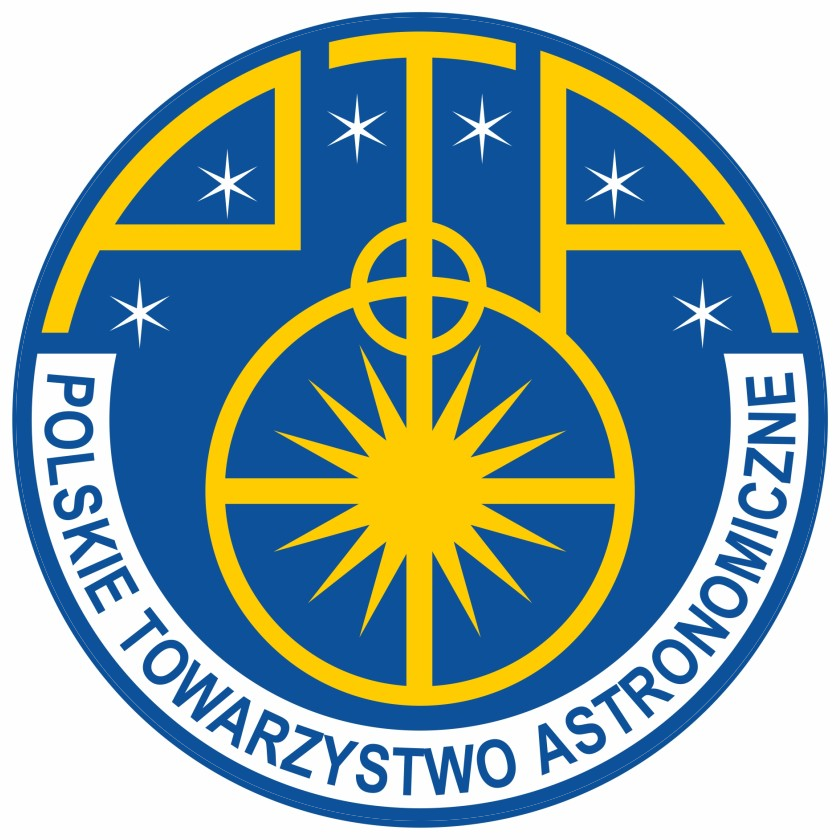Goutham Krishna Anitha Kumari
Astronomical Observatory of Jagiellonion University
Session X: Poster session
Thursday 14th September 2023 12:00 – 13:00
abstract:
About 60% of sdBs are observed to be in a binary system and the binary evolution is thought to be the main channel for sdB star creation. Depending on the interactions between the sdB and its companion, we can divide these binaries into two main groups, the systems with long orbital periods (longer than one year) produced in a stable Roche lobe overflow, and the short period systems (order of hours) which evolved via the common envelope channel.
In this poster presentation, we focused on the analysis of short period sdB stars identified as binary candidates in J. Krzesinski et al. (2022) who studied their variability using photometry data obtained from the Transiting Exoplanet Survey Satellite (TESS). Krzesinski et al. (2022) did not perform a complete analysis of all the stars from their sample. Also, some stars’ variability could not be assigned to their targets due to the large pixels of the TESS CCDs.
Therefore, in our project we aim to perform a detailed analysis of variability of the remaining sdB binary candidates from Krzesinski et al. (2022). For the most northern-hemisphere targets we performed follow up observations using ground-based telescopes to check objects’ variability and to obtain their time-series photometry in BVR filters. Furthermore, we are analyzing the O-C diagrams of the targets to get some insights into their orbital period changes in time. In addition, we are in a process of study the properties of the binary systems using the Wilson Devinney code (Wilson & Devinney 1971) to construct models of the sdBs in binaries and to derive physical parameters of the stars such as their mass, radius, and luminosity, as well as the properties of the binary companions.
